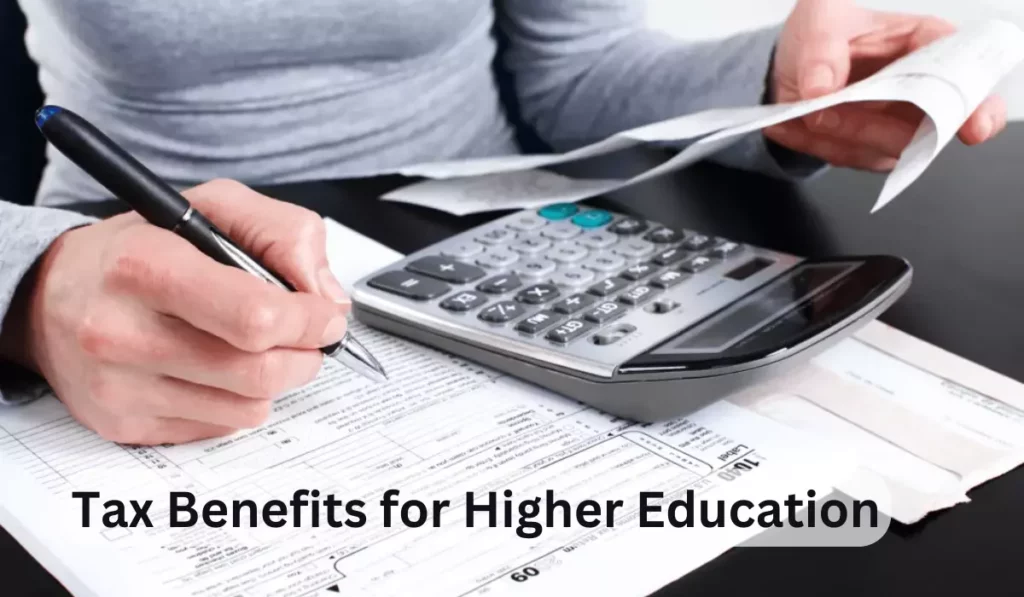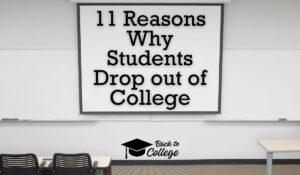Navigating the complexities of tax benefits for higher education can significantly impact your financial planning. This guide aims to provide a comprehensive overview of the various tax credits, deductions, and savings plans available to students and their families.
Understanding these benefits can help reduce the overall cost of higher education and make it more accessible. Whether you’re a student, a parent, or a returning adult learner, this guide will help you identify and leverage the tax benefits that apply to your educational expenses.
The Importance of Tax Benefits for Education
Tax benefits for higher education are crucial as they can lower the overall cost of obtaining a degree or certification.
These benefits come in various forms, such as credits, deductions, and savings plans, each offering different advantages.
By reducing the amount of tax you owe or increasing your refund, these benefits make education more affordable and accessible.
Understanding and utilizing these tax benefits can ease the financial burden of higher education, making it a more achievable goal for many individuals and families.
Understanding Education-Related Tax Terms
Before diving into specific tax benefits, it’s essential to understand common education-related tax terms.
“Tax credit” refers to an amount that directly reduces the tax you owe, while a “deduction” lowers your taxable income.
“Filing status” determines which benefits you’re eligible for, and it’s based on factors like income and marital status.
Familiarizing yourself with these terms will help you navigate the tax benefits landscape more effectively and make informed decisions about your educational financing.
Eligibility and Filing Status
Eligibility for education tax benefits depends on several factors, including your income, filing status, and the type of educational expenses incurred.
Your filing status, whether single, married, or head of household, can significantly impact the benefits you’re eligible for.
It’s important to understand the income thresholds and phase-outs for each benefit, as these can vary based on your filing status.
Carefully reviewing your eligibility will ensure you take full advantage of the tax benefits available to you.
The American Opportunity Tax Credit
The American Opportunity Tax Credit (AOTC) is a valuable benefit for undergraduate students in their first four years of higher education.
It offers a credit of up to $2,500 per student per year, with 40% of it potentially refundable. To qualify, students must be enrolled at least half-time in a program leading to a degree or certificate.
The AOTC has income limits, so it’s important to check if you fall within the eligible range. This credit can significantly reduce the tax burden for eligible students and their families.
The Lifetime Learning Credit
The Lifetime Learning Credit (LLC) provides a broader scope of eligibility compared to the AOTC.
It offers up to $2,000 per tax return, not per student, and is available for undergraduate, graduate, and professional degree courses, including courses to acquire or improve job skills.
There is no limit on the number of years you can claim the LLC, making it an excellent option for lifelong learners.
However, like the AOTC, it has income phase-outs, so it’s essential to determine if you qualify based on your income level.
Tuition and Fees Deduction
The Tuition and Fees Deduction allows you to reduce your taxable income by up to $4,000 for qualified education expenses.
This deduction is particularly beneficial for those who may not qualify for the AOTC or LLC due to income limits or other reasons.
It’s important to note that you cannot claim this deduction if you’re also claiming the AOTC or LLC for the same student in the same year.
Evaluating your specific situation will help you decide which benefit is most advantageous for you.
Student Loan Interest Deduction
The Student Loan Interest Deduction can reduce your taxable income by up to $2,500 for the interest paid on student loans during the tax year.
This deduction is available for both federal and private student loans and is particularly beneficial for recent graduates or individuals still paying off their student loans.
The amount of the deduction depends on your income and filing status, so it’s important to check if you’re eligible to claim this benefit.
Coverdell Education Savings Accounts (ESAs)
Coverdell Education Savings Accounts (ESAs) are tax-advantaged savings accounts designed to finance education expenses.
Contributions to an ESA are not tax-deductible, but the earnings grow tax-free, and withdrawals for qualified education expenses are also tax-free.
ESAs can be used for both K-12 and higher education expenses, offering flexibility for families planning for their children’s educational future.
However, there are contribution limits and income restrictions to consider when using an ESA.
529 Plans and Tax Benefits
529 Plans are state-sponsored savings plans that offer significant tax advantages for higher education expenses.
Contributions to a 529 plan are not federally tax-deductible, but earnings grow tax-free, and withdrawals for qualified education expenses are exempt from federal taxes. Some states also offer tax deductions or credits for contributions.
These plans are an excellent way to save for college, offering high contribution limits and the flexibility to use funds at any accredited college or university.
Employer-Provided Education Assistance
Employer-Provided Education Assistance programs can offer up to $5,250 in tax-free educational benefits per year. This benefit can cover tuition, fees, books, and supplies, but not living expenses or transportation.
Both undergraduate and graduate-level courses can be covered under this program. It’s a valuable benefit for employees looking to further their education while working, as it reduces the out-of-pocket cost of education without increasing taxable income.
State-Specific Education Tax Benefits
In addition to federal tax benefits, many states offer their own education-related tax incentives.
These can include deductions or credits for contributions to 529 plans, tuition payments, and even student loan repayments.
The availability and specifics of these benefits vary by state, so it’s important to research the education tax benefits offered in your state.
Taking advantage of both federal and state tax benefits can maximize your savings on education costs.
Filing Your Taxes for Education Benefits
When filing your taxes to claim education benefits, accuracy and thoroughness are key.
Ensure you have all necessary documentation, such as Form 1098-T from your educational institution and records of any educational expenses.
Choose the tax benefits that offer the greatest advantage based on your situation, but remember that some benefits cannot be combined for the same student in the same tax year.
Using tax software or consulting with a tax professional can help ensure you’re maximizing your education-related tax benefits.
Tips for Maximizing Tax Benefits
To maximize your tax benefits for higher education, start by understanding all available options and their eligibility criteria.
Compare the benefits of tax credits versus deductions to see which offers the most advantage.
Keep detailed records of all educational expenses, as they can be valuable when claiming deductions or credits.
If you’re eligible for multiple benefits, calculate which combination provides the greatest tax savings. And don’t overlook state-specific benefits, which can add to your savings.
Common Mistakes to Avoid
Common mistakes when claiming education tax benefits include overlooking available credits or deductions, claiming the wrong benefits, and missing income thresholds or phase-outs.
Another mistake is not keeping adequate records of educational expenses, which can lead to missed opportunities for deductions or credits.
Additionally, failing to coordinate benefits among family members can result in suboptimal tax savings. Being aware of these potential
Source:
Sharma, P. (2023, January 24). Section 80E: Tax Benefit on Education Loan. ET Money Blog. https://www.etmoney.com/blog/education-loan-and-tax-savings-decoding-section-80e/
Jain, B. (2021, October 3). Three types of income tax benefits available for education | Mint. Mint. https://www.livemint.com/money/personal-finance/three-types-of-income-tax-benefits-available-for-education-11633231220253.html






